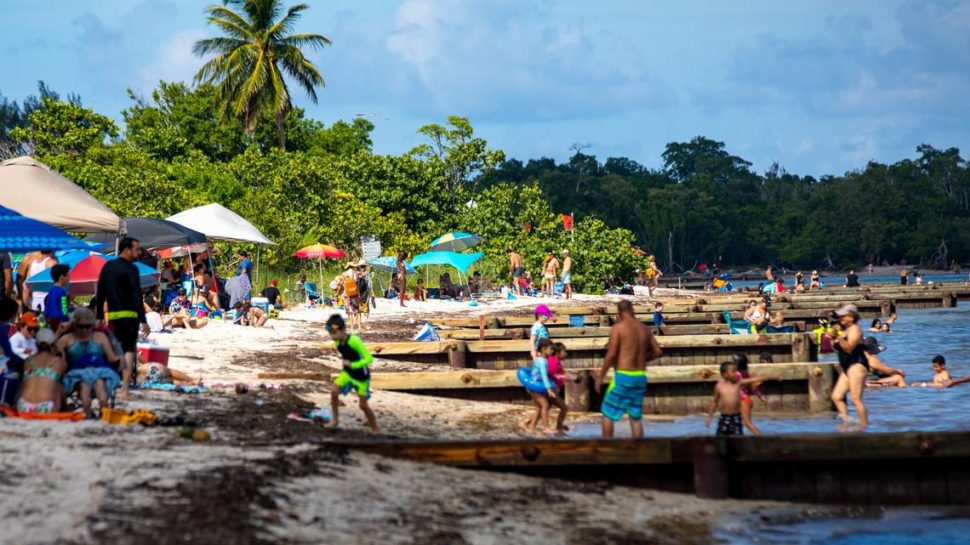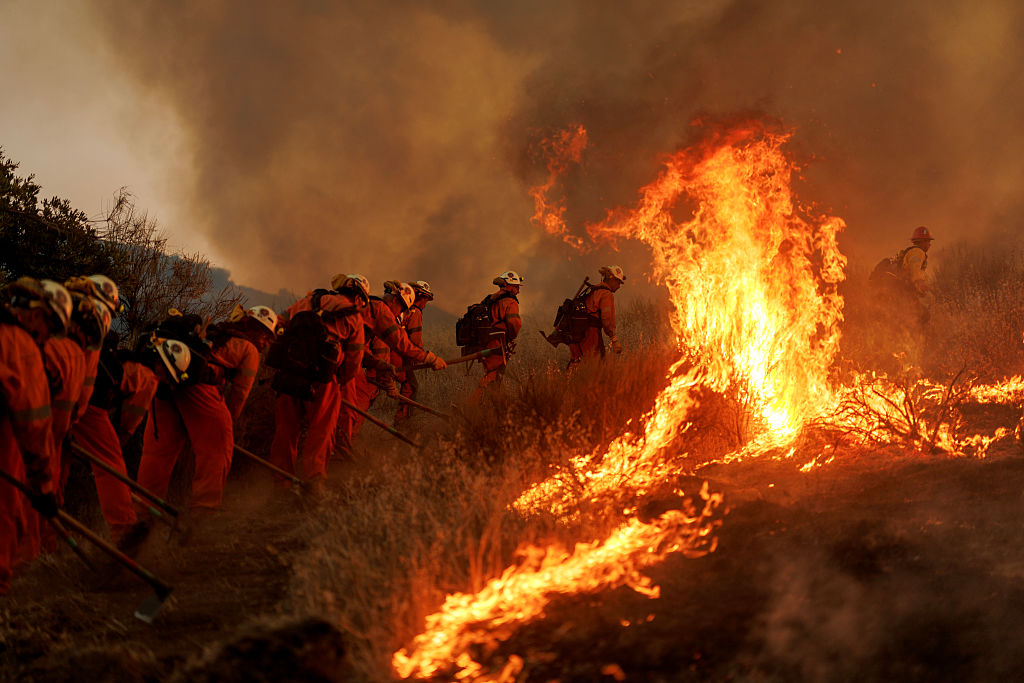On February 25th, 1964, the first of two highly-anticipated fights between Muhammad Ali (then known as Cassius Clay) and Sonny Liston for boxing’s World Heavyweight Championship took place in Miami Beach, Florida. One Night in Miami documents a fictional gathering of Clay and other iconic Black figures Jim Brown, Sam Cooke, and Malcolm X before and after the legendary bout.
The film is set in Overtown and what some may not know is that during this era, Miami was segregated. Black people, even those as famous as the aforementioned, were not free to enjoy all facets of South Beach. Instead, Virginia Key Beach Park, known at one point as the only Black beach in Miami, became a safe haven.
Marketing and communication coordinator for Historic Virginia Key Beach Park, Kechi Okpala, explained a bit more about the significance of the beach during segregation.
“When people think of Miami, they don’t think of segregation. They think beach or Cuban coffee. But back in the day during the segregation period, Miami was in fact segregated. There were places that only people of color could go to, as well as entertain. In the movie One Night in Miami, you will see that Malcolm X, Muhammad Ali, and Sam Cooke were in an all-Black hotel. You will also see a piece where Sam Cooke and his wife stayed at the Shelborne, but they couldn’t really move around because it was an all-white place. Black people could only go there to work and go back. Virginia Key Beach Park became a place where they [Black people] could go and recreate.”
When the movie was released it highlighted some injustices Black people faced during that period. It can also be seen as a reflection of the ongoing inequities in today’s society. But Okpala says it also speaks to the history of the park: what it was then and what it is now. And it’s also an opportunity for visitors to discover the historical roots of the glamorous city.
“I would advise people to look more into the heritage neighborhoods. Come to places like Historic Virginia Key Beach Park, Overtown, Little Haiti, Little Havana and just see what people of color — all people — experienced. Miami is like a melting pot. When people came from Jamaica or the Bahamas or from Haiti back in those days in the forties, they had to stop in Miami. Miami was like the central hub as the gateway to the Caribbean and South America. I would advise coming to see those sides, as opposed to just going to South Beach. There’s nothing wrong with that, but get a full understanding of why Miami is so multi-cultural when you come.”
Miami carnival is another way to soak up the rich multicultural heritage of the city.
“Come to Miami carnival and you’ll really get a good experience. It’s probably a good example of bringing you to those heritage neighborhoods that people don’t really know or go to see when they go for spring break or for Christmas holiday.”
But a great start on this educational journey is Historic Virginia Key Beach Park which Okpala described as “the Central Park of Miami.”

“It’s in a pristine hotspot location,” said Okpala. “It’s like the place that everybody wants to go to in terms of where it’s now located; centrally located right in the heart of Miami. It’s so funny how history plays out. They thought they were giving people of color the worst place they can possibly be, and go swimming. But in fact, it is one of the best places. And a lot of the amenities are still there. We have a historic carousel that’s in the park, a mini train amusement ride that goes around and kayaks and picnic areas, and so much more.”
She added, “The fact that we’ve been able to keep it in this state, as it was back in the day, says a lot about preservation and keeping the history alive.”
You can learn more about Historic Virginia Key Beach Park and its activities, including a virtual tour, on the website.
Related: You Should Check Out These Historically Black Beaches Soon






